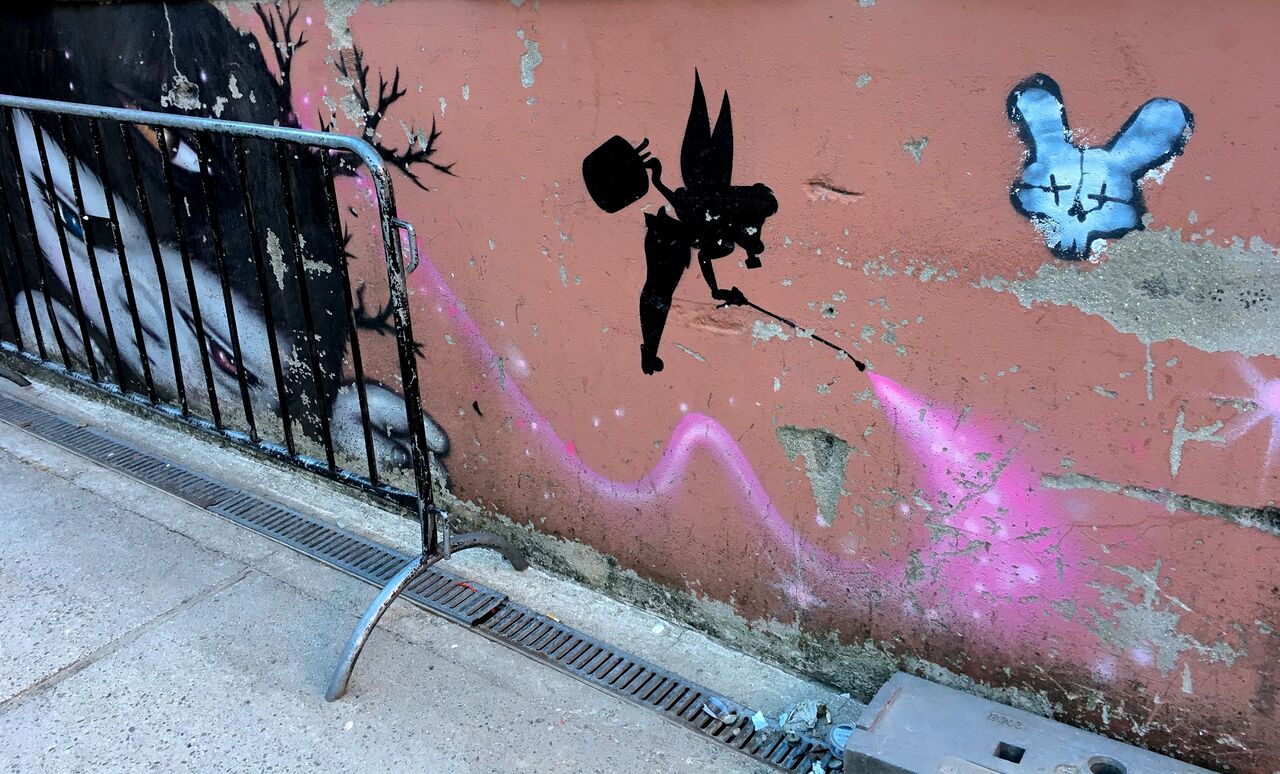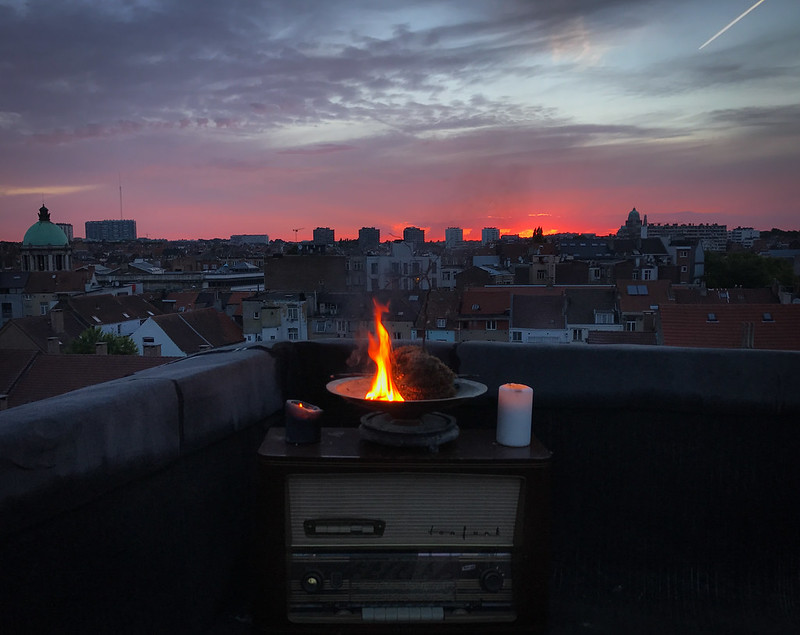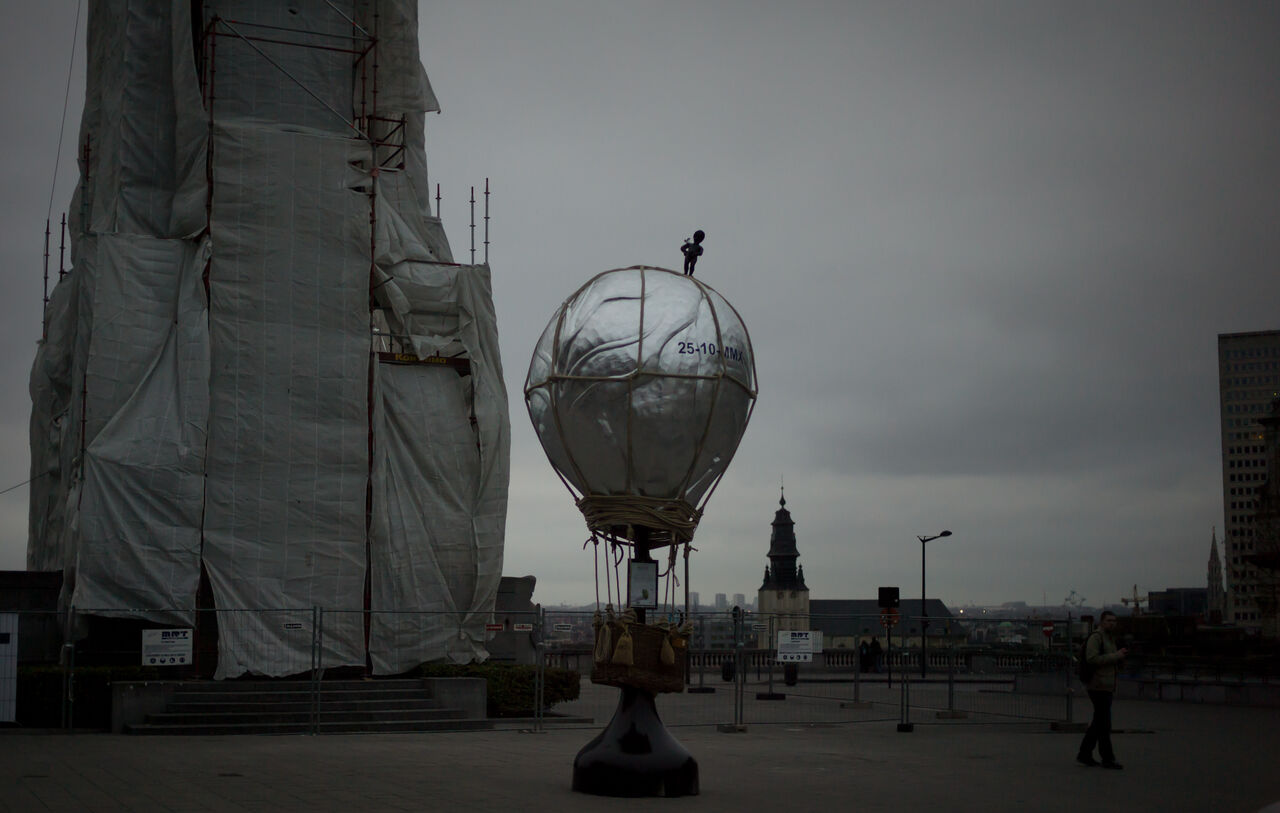Re-enchanting the Present
Animating non-modern sensibilities of magic and ritual without becoming entrapped by dualisms of light and darkness, good and evil, us and them. From static matter to a space of operation. ∆[∆]
Including edited excerpts from the opening lecture of the DesignMarch festival 2013, and Dark Arts, Grey Areas and Other Contingencies, published in Techniques Journal by the Center for Philosophical Technologies

One of the dangerous things about the story of progress is that we don’t think it’s a story. We think it’s the truth. We think it’s real, rather than that it’s simply an interpretation of the world which we have chosen to believe.
It is spoken of the sephiroth and the paths, of spirits and conjurations, of gods, spheres, and planes and many other things which may or may not exist. It is immaterial whether they exist or not. By doing certain things, certain results follow.
Aleister Crowley, Magick in Theory and Practice

When contending with contemporary forces of change – from climate to politics – scientific modernity might benefit from a rewilding of its techno-materialist tenets. What other ways of thinking about and being in the world might be apt to navigate through the complexities and uncertainties of the 21st century? Indigenous cosmologies, premodern practices of myth-making, ritual and magic are honed to probe the uncertain and the unknown. We understand magic as a continuum of practices, actions, and techniques used to engage with the mysterious, inexplicable, and entangled forces of change. These forces take on different guises, depending on the practitioner's worldview; gods, spirits, nature, market economy, technology, the cosmos… Intending to influence these forces in the physical world, magic arts can have both practical and spiritual purposes – from healing to transcendence. Some forms of magic rely on specific ceremonies and rituals (invocation, divination, banishment…), others are less formal, focusing emotion and intent (talismans, gestures, scents, tastes, colours…). They channel intents and intensities of experience to transform the practitioner and/or their surroundings. Whether conscious or unconscious, immediate or delayed, intention has effects in the world. Intention adds intensity to perception, shifting perspectives. Magic lures us outside of consensus reality. It reveals reality’s hidden face – a malleable, impermanent tangle of relationships flicking in and out of existence. Seemingly sedentary systems, oscillating.
Once-hard edges take on a soft pale glow. Once-substantial materiality appears almost sponge-like.Leonard Koren, Wabi-sabi for Artists, Designers, Poets & Philosophers

Magic – like beauty – is in the eye of the beholder. Magicians know that their eyes are not separate from the world. In changing how you look at things, you gradually shift your attitudes and actions. A feedback loop of strange attractors between you and your surroundings, near and far.

The environmentalist creed to 'think globally, act locally' echoes in the processes of ritual magic. Start small, with changes in your body Through meditation, physical exertion, sleep or sensory deprivation, prayer, walks in the park, psychedelic trips, gardening, computer programming…. You can gradually expand to include your family and friends, enemies, people you don't know, other species and their habitats, until the rite encompasses the planet and even the universe. Even though the effect might not be immediately felt, something changes in the person practising the ritual, which ripples through everything and everyone to whom you’re connected.
From that time forth he believed that the wise man is one who never sets himself apart from other living things, whether they have speech or not, and in later years he strove long to learn what can be learned, in silence, from the eyes of animals, the flight of birds, the great slow gestures of trees.Ursula K. Le Guin, The Wizard of Earthsea
[She] does not shy away from the shadows that, dancing with the light, put into relief or highlight the play of fire, its interplay with itself. Together, the luminosity of shadows and the obscurity of radiance bring about a living and enlivening light and warmth in an ecological twist on the theological tradition. They shape vegetal mysticism, where the mystery is etched right on the surface of the changing appearances.
Michael Marder, Green Mass

Occult techniques mutate. They adapt their language, appearances, and instruments to the times. In Profiles of the Future, Arthur C. Clarke wrote that ‘any sufficiently advanced technology is indistinguishable from magic’. By corollary, any sufficiently advanced magic is indistinguishable from technology. Consider the magic tempered by the fires of rational progress or sharpened by reductionist science. Plastic as an alchemical byproduct. GPS satellites as astrological entities yet to be charted. What techniques remain reliable after being dragged through times of ruin, destruction, and disbelief? What can be salvaged from the disillusionment that remains in material abundance?

A magical perspective sees non-apparent links and connections amidst an illusion of order, control, and restriction. An alternative worldview that summons the creative and prophetic power of the multitude
Magic and witchcraft wax and wane in the public eye, often emerging during times of uncertainty. In the wake of plagues and pandemics, in transitional periods of massive change – the industrial revolution, (world) wars, natural disasters, resource crises… Re-enchantment only becomes necessary after disenchantment. When the present becomes time sacrificed to the future with the bones of history. The world remains hollow, and yet – as witches, magicians, and animists remind us – every thought, every action, no matter how dark or difficult, luminous or frivolous, has the potential to become a reanimating force, a driver of change.
Casting a spell shifts perspective; we tell the world to be made otherwise. We choose the elements of the spell (the letters) and formulate them in a precise order. This order, and its intention, reverberates into the world. By speaking it out loud, we materialise the new order first within our own throat. Our vocal chords vibrate and co-become this other reality. We change the air, the pressure, its composition; the air starts to carry the new order and touches the rest of the world. Words change the world, and some changes can not be undone so easily. Grammar comes from grammery, another word for magic. With grammar the meaning of the words can be changed. Where you place a word in the sentence changes its function – changes how a word changes the world.

Making the familiar strange, or rather making the things of this world divine again through the alterity of new signs. Making moist and green what threatens to become corrupted, mendacious, ill-used and dried out.
Magic and ritual discern patterns in complex situations, finding relationships that may not have otherwise been apparent. In looking beyond appearances, it is critical to understand that insights gained through these techniques are often subjective and context-specific. This is not to say that they are unimportant. They can provide ways to face the unknown. Such insights can be life-changing, yet disappear like smoke. They can be tools of liberation or of oppression. They can show the way, yet also deceive, mislead, and distract. Metaphors have a curious way of embodying themselves.
Not all techniques ‘work’ in all situations – in magic, as much as in the arts or sciences. Any technique’s effects rely on the work of the practitioner, on situated knowledge, and an appropriate setting. Change can manifest differently when seen from multiple angles. A multifaceted approach improves the odds of success. If the result of a magic ritual is more easily explained by chance or coincidence, what can the coincidences themselves tell us? What can the tools of probability or statistics help illuminate? What can be learned through repetition, testing, or further experimentation? There is Art in finding tools appropriate for the Work. Find where strengths lie, be aware of weak points, learn the limits and edges of the structures you engage. Be it covens, universities, bureaucracies, corporations, or religious institutions… Methods can exist in superposition. Modes and madness and meaning coexist. Animist worlds, the enchanted world, Material World™️, and the world created in darkness all continue alongside each other. Every origin myth is true. Every scientific theory is improved by asking to be disproved.

There is an “outside” now, maybe an infinite number of outsides, places to stand with a lever in one hand – and a magic mushroom in the other. The dispossessed have always believed in a millennium, a magickal resistance, a heaven on earth, a world turned upside down. This is it. Well, time’s up.
Verify your experiences, challenge your insights. Trust in your abilities, your agency, and (un)common sense. When mistakes occur, loosen your model of reality. Try divergent or even conflicting techniques. Engage magical, scientific, and poetic perspectives. Beware the lure of Divinity Consultants, silver-tongued preachers, cargo cults, New Age promises, or charismatic gurus. Seek out the fundamentals, but avoid Fundamentalism. As enchanting as it might sound, ‘The One True Path’ does not exist. The Way Out is through. Don’t be afraid to meander. To stumble, leap, retrace your steps, start again. Reach for a telescope as you reach for the stars. Pay attention to what glistens in the puddles under your feet. The way out is The Way In.

☿
Further Reading & References